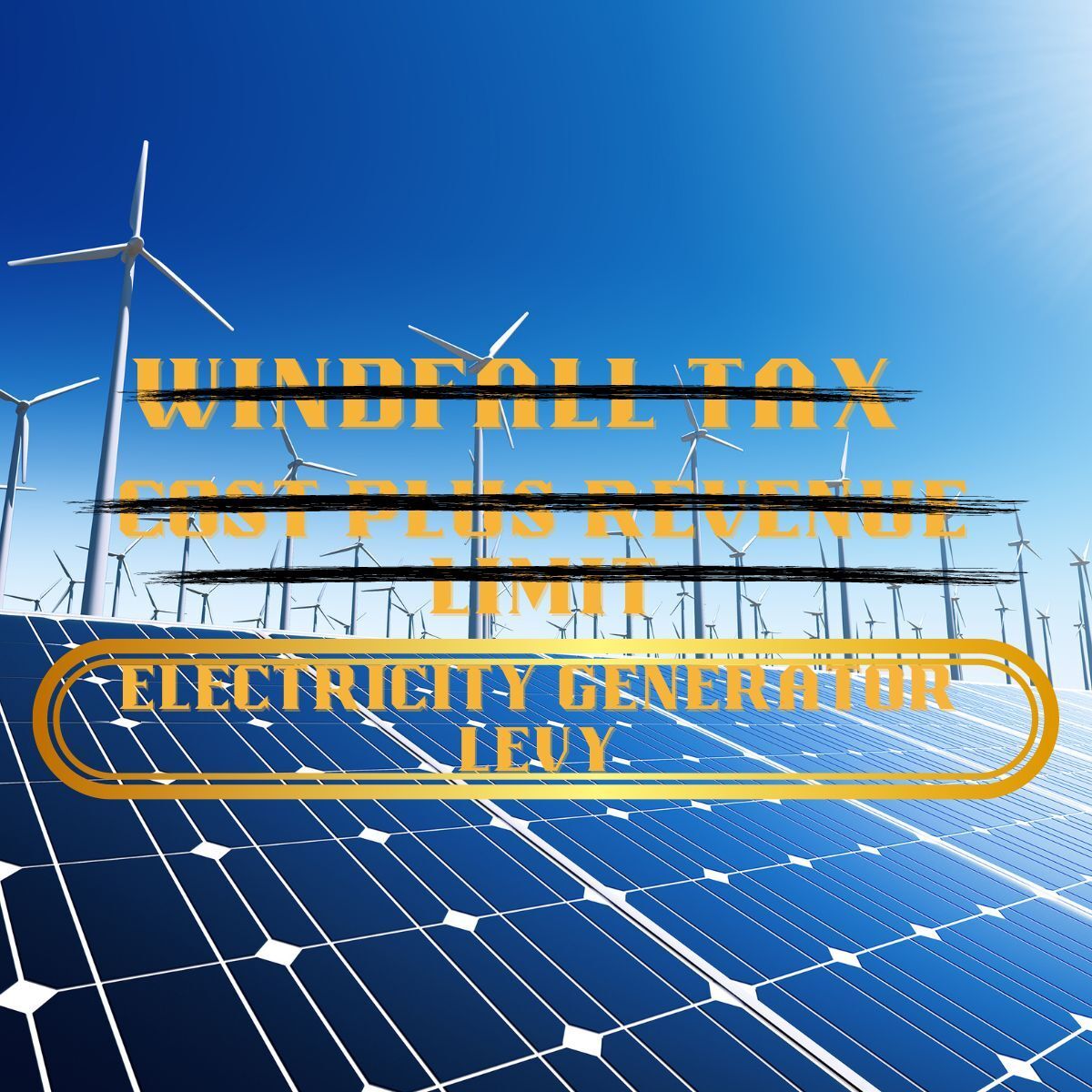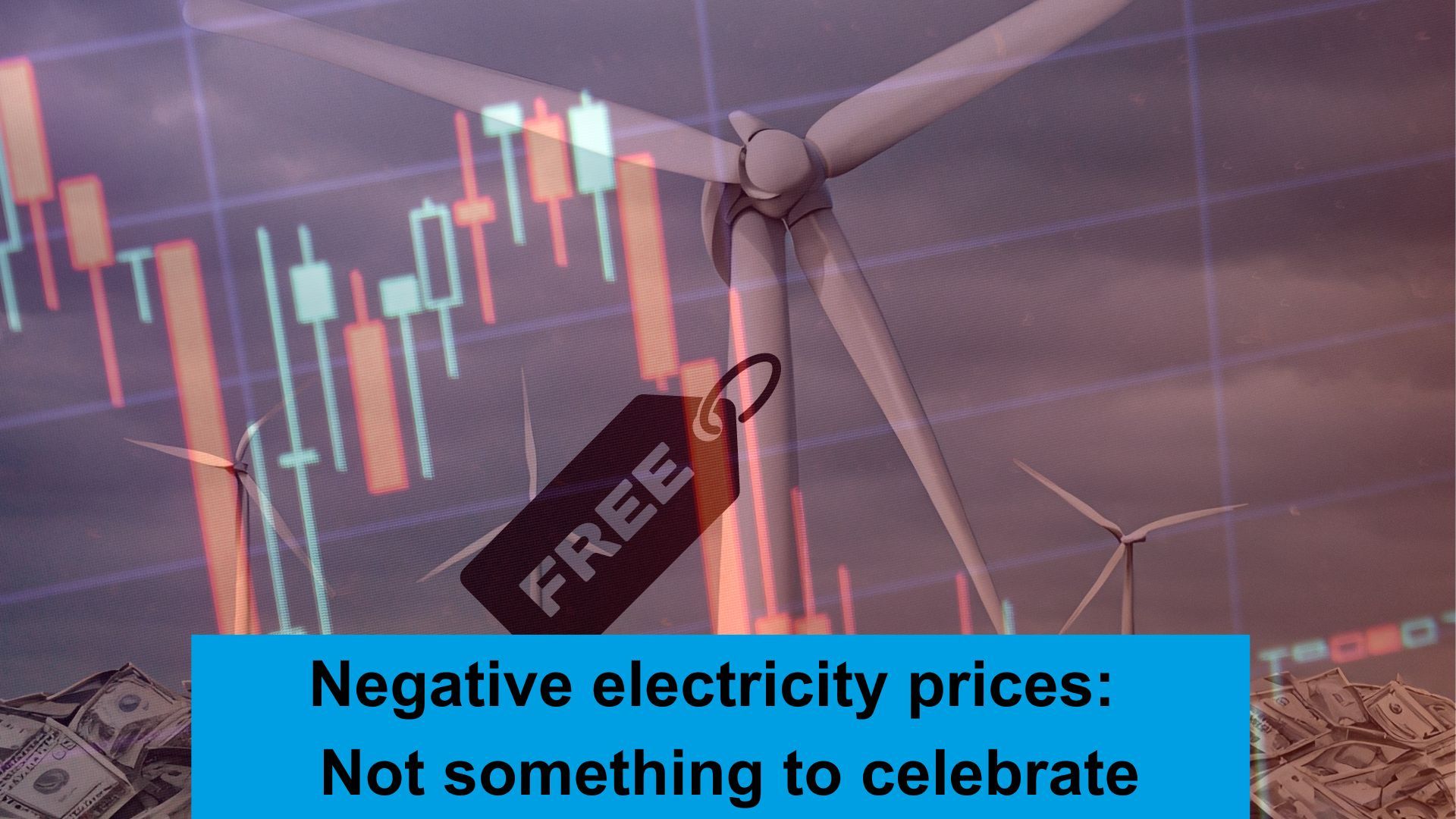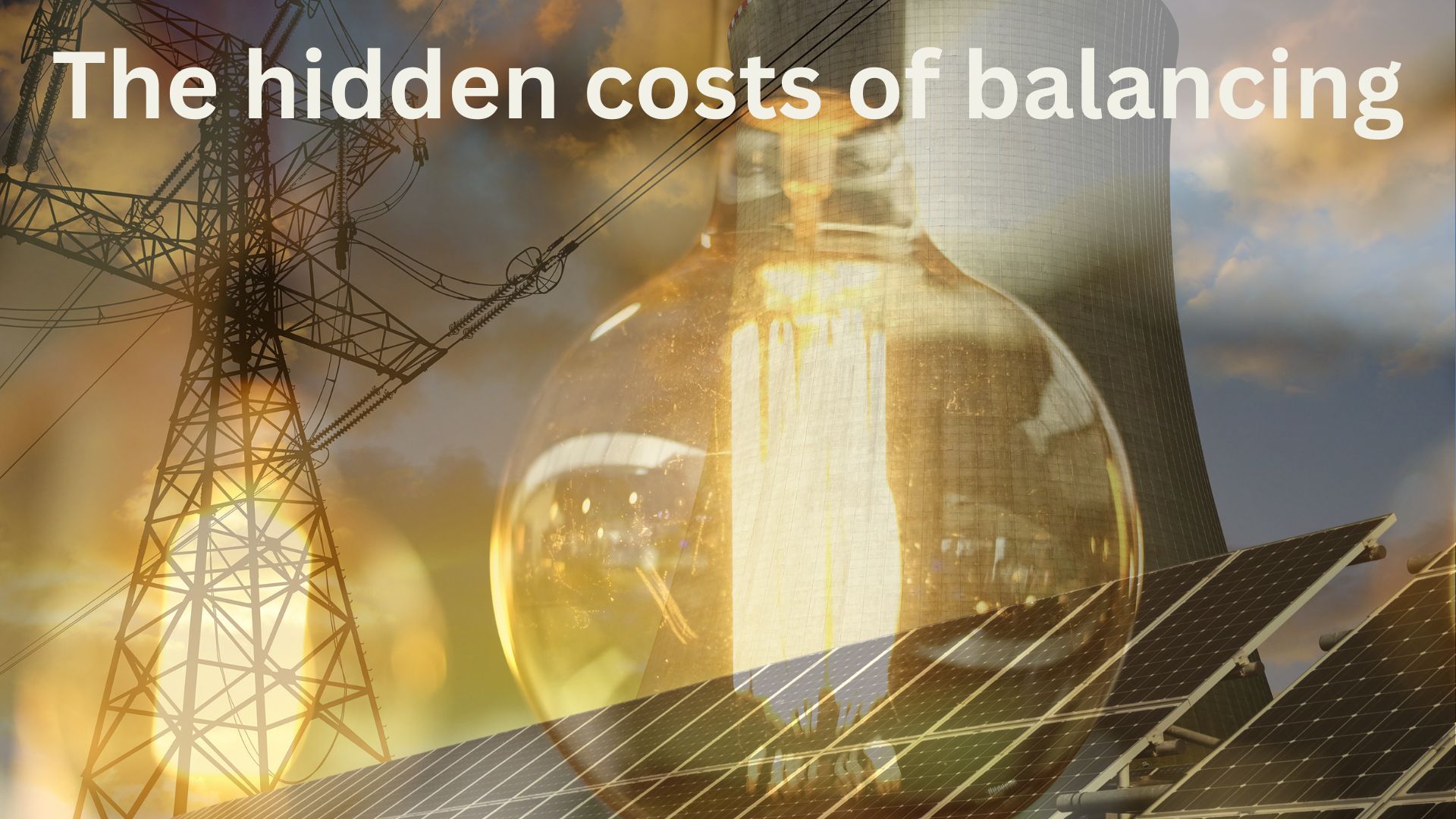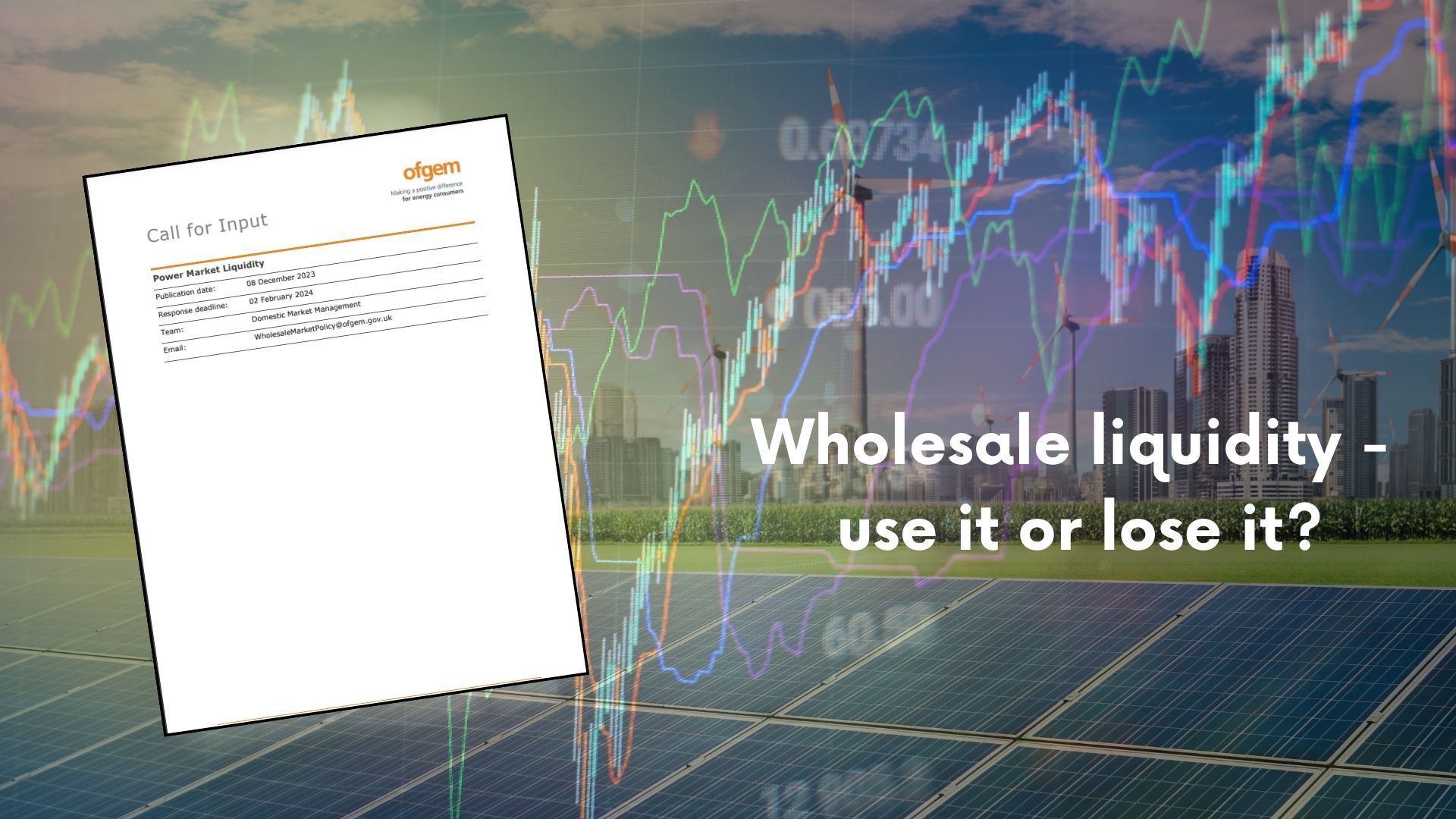A windfall tax wrapped in a revenue cap has been confirmed

𝐀 𝐰𝐢𝐧𝐝𝐟𝐚𝐥𝐥 𝐭𝐚𝐱 𝐰𝐫𝐚𝐩𝐩𝐞𝐝 𝐢𝐧 𝐚 𝐫𝐞𝐯𝐞𝐧𝐮𝐞 𝐜𝐚𝐩 𝐢𝐧𝐬𝐢𝐝𝐞 𝐥𝐨𝐧𝐠 𝐭𝐞𝐫𝐦 𝐦𝐚𝐫𝐤𝐞𝐭 𝐫𝐞𝐟𝐨𝐫𝐦𝐬
The Autumn statement provided a long list of ‘interesting’ changes in policy, and also provided some certainty for generators on the future tax regime.
The cost-plus regulation produced following the mini-budget is dead, and has been replaced with an 𝐄𝐥𝐞𝐜𝐭𝐫𝐢𝐜𝐢𝐭𝐲 𝐆𝐞𝐧𝐞𝐫𝐚𝐭𝐨𝐫 𝐋𝐞𝐯𝐲. Based on what was published with the Autumn Statement it looks something of an odd beast with a cap on revenue masquerading as a windfall tax.
The new scheme will apply to all generators that meet the volume requirements (at an individual or group level) and aren’t gas, coal, oil or storage. A diminimis limit of 100 GWh/year applies – along the lines of 100MW solar or 30 MW wind.
The revenue cap applies if average revenue is above £75/MWh (energy, not total including subsidy) at a rate of 45%, from April 2023 – March 2028 when, reading between the lines, Government expects REMA to permanently change the revenue available to renewables generators.
Corporate groups, or individual generators will be impacted – including third party trading and vertical integration within businesses.
Draft legislation mid Dec – Treasury looking to engage with interested parties…
𝐒𝐨 𝐰𝐡𝐚𝐭 𝐝𝐨𝐞𝐬 𝐭𝐡𝐢𝐬 𝐦𝐞𝐚𝐧?
⮞Head scratching about why renewables are being singled out, with fossil fuel and storage being allowed unfettered benefit from increased spreads and volatility. A risk to keep an eye on if there is now a politically acceptable limit to profits across the energy value chain?
⮞A likely signal of where REMA will leave things – its early days, but the end date on this suggests government expects business as usual renewable income to be sub £75/MWh in the long run.
⮞Some potentially interesting contracting rounds coming up, and equally interesting renegotiations of existing contracts.
⮞Some very complex calculations of revenue allocation in large corporate groups.
⮞Will there be any pushback? There is a plausible argument that investors may have been expecting revenues above that cap at the point of investment – eg. Carbon prices of £150/tonne and gas of 50p/therm lead to electricity prices of over £100/MWh. Neither of these are beyond reasonable forecasting ranges.
If you need help working through this, please get in touch.
Share this on social media










